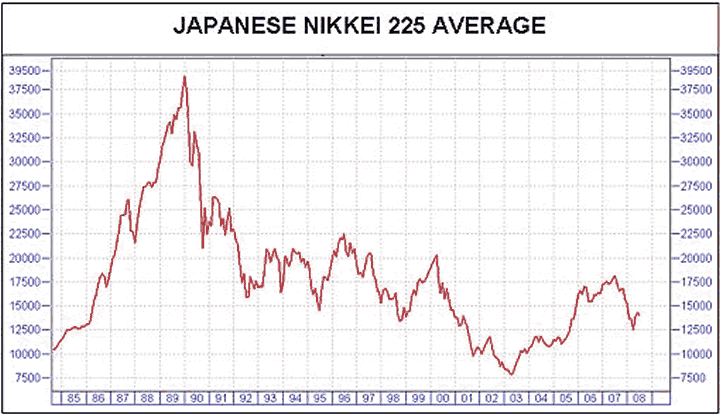It looks like you're new here. If you want to get involved, click one of these buttons!
I was looking at the Oppenheimer fund and noticed that the fund managers have been there for about 3 years or less. I wonder how that fund would do in a downturn.Both of those look like good funds. I own GAOAX and have considered RPGAX. I also own QVGIX, which you might want to look at also.
Just like to mention that TPEMX is managed by Brandes and you could get pretty much the same thing a lot cheaper with BEMIX.@msf, here's a recent article from Advisor Perspectives that confirms growth has been outperforming value recently but that value eventually has its turn. Over time based on their comparison of the cheapest 20% of stocks on a book value basis compared to the most expensive 20% of stocks on the same basis, value handily beats growth.
advisorperspectives.com/articles/2015/08/11/why-you-should-allocate-to-value-over-growth
I suppose it would be interesting to know how well those cheapest P/B stocks do compared to the other 80% or to "blend" stocks because it could be that the deep value stuff suffers a lot more volatility or a bigger drawdown but doesn't outperform by nearly as much over time.
Thanks for the thoughts about cash! That seems at least as reasonable and how I was thinking about it and I guess it means I'd have to look at the details of those funds before drawing any conclusions about their approach. I do find it interesting, however, that Longleaf is pretty clear about their "deep value" orientation but the style box says large blend and their portfolio statistics don't lead me to the same conclusion. Obviously it hinges on what they determine the intrinsic value to be but it seems they've had a lot of difficulty keeping up with any of their peers for the last 10 years.
The Timothy Plan Emerging Markets fund you mentioned is pretty remarkable. They're really what I would expect to see in "deep value". Lots of Brazil, Russia, basic materials, utilities, industrials and very small P/E, P/B and P/S. The expense ratio is really high considering they have a 5.50% front-end load, but I guess that's what's necessary to earn any money when you only have $7.8 million of AUM.
You basically have a commodity fund that behaves like a 3x fund and a handful of other okay/so-so funds. Frank Holmes is well-researched in terms of commodities, but at some point they could have produced a nat resources fund that doesn't seem as if it's on steroids.Next crash. GROW goes to $0.25. Buy, sell at $2.50. That's my plan. Of course it would mean I buy a stock after like forever. And I have a history of buying stocks of companies that go bankrupt. But hey, if I don't bind it, maybe someone will and they will bless me.
People who complain about things like this are labeled as "doomers" until the issue can't be ignored and then we hear about it as a "crisis" and the financial media of course goes, "who could have known?"I found this one pretty damning from a June speech he gave to the CFA Society:
"Capital formation, as this process is known, is largely represented by the raising of equity capital for new and existing companies. In recent years, total public stock issuance (IPOs, etc.) has averaged some $250 billion annually. On the other hand, during the same period, the annual volume of stock trading has averaged $35 trillion. Thus, capital formation has represented just 7/10ths of 1% of the activities of our financial system, trading activity 99.3%. And much of that trading, to state what must be obvious, has nothing to do with long-term investment. In fact, much of that frenzied activity is merely short-term speculation. Our challenge is to return long-term investing to its starring role in the financial movie, not merely as a co-star or in a cameo role, nor as a mere extra."
What does this say about the functioning of our capitalist system to spur job creation, innovation and true economic growth when so much money is devoted to just paper trading hands and so little is actually devoted to new capital formation?



© 2015 Mutual Fund Observer. All rights reserved.
© 2015 Mutual Fund Observer. All rights reserved. Powered by Vanilla